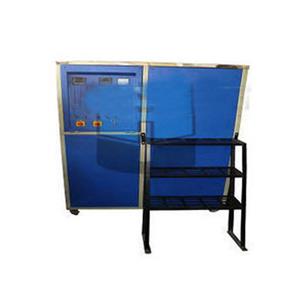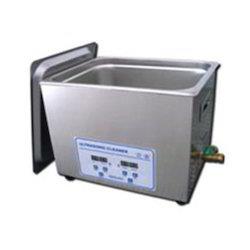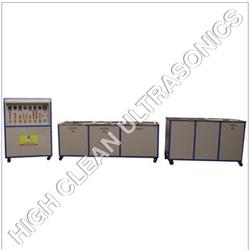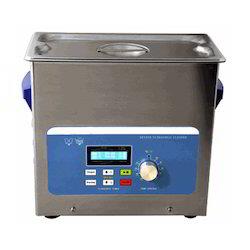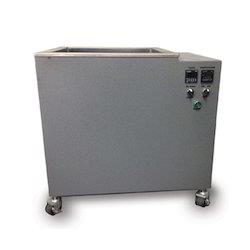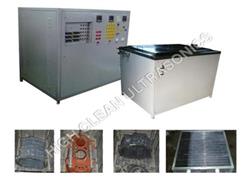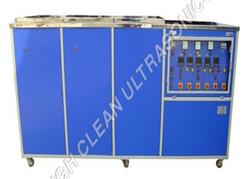HIGH CLEAN ULTRASONICS
Featured Products
Highest quality standards are achieved through the implementations of latest technology, decades of experience and everlasting moral values , which have helped us to retain our customers as well as multiply them.
Welcome to HIGH CLEAN ULTRASONICS
Multi Stage Ultrasonic Cleaning
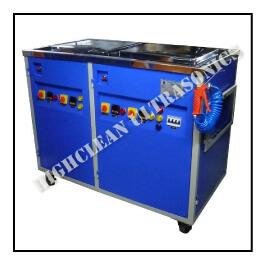
OLD METHOD OF CLEANING
The current practice involves use of chlorinated solvents like TCE, PCE etc. that are the choice solvent used through the industries in their cleaning process. Aqueous ultrasonic cleaning system are very popular due to their good solvency, lower heat of evaporation, high or absence of flash point, non-corrosive nature, relative stability & compatibility with metals & glass. However all chlorinated solvents are hazardous to human health & environment.
Some chlorinated solvents are suspected to cause cancer (Carcinogenic) over prolong exposure. Being hazardous to health their usage has come under intense investigation from pollution control & health authorities & has already been banned by developed countries. This has lead to shift to alternative cleaning technology based on aqueous solvents.
Another factor driving the shift to aqueous ultrasonic cleaning system is the environmental hazard caused by chlorinated solvents due to their Ozone depleting property. Due to this they have been targets of strong Government regulations throughout the world. It may be not long before similar legislation is introduced in India to phase out their usage.
THE NEW METHOD
Aqueous ultrasonic cleaners are environmentally benign, technically feasible alternative to solvent cleaning. The medium used for cleaning is predominantly water compounded with Alkali, Surfactants, Water conditioners, Corrosion inhibitors, Foam stabilizers etc.
Aqueous ultrasonic cleaners in many cases have replaced solvents without sacrificing cleaning performance. However due to the nature of solvent used, successful implementation of aqueous ultrasonic cleaning system require a careful design effort necessitated due to the multistage operations involved like
While solvent based cleaning primarily rely on chemical properties of the solvent, whereas aqueous ultrasonic cleaning system rely on the mechanical properties like high-pressure spray, Ultrasonic agitation, dunking, etc. apart from the chemical properties of the aqueous medium.
1.Pre cleaning tank (Injection flood wash)
A very high-pressure spray of liquid is introduced within the process liquid to create a strong turbulence causing effective mass transfer between the chemical (detergent) and the contaminant (oil). Subsequently saponification and emulsification processes are carried out.
2. Ultrasonic Cleaning
Ultrasonic power is created by Piezo electric crystals suitably bonded and excited by a high frequency signal create an alternate pressure effect in the liquid which dislodges minute particles. This effect tears apart the solution and produce cavitational bubbles. When these bubbles collapse, during the compressional mode of the cycle, high pressure mechanical effects are created blasting away the solid soil from the surface. While Ultrasonic cavitations aids in the solvency of the oil and fat in the cleaning media and the cavitational power helps in dislodging the solid soil.
3.Rinsing
The carry over chemicals on the surface of the components are removed in the rinsing station .To achieve a quick dissolution of the carry over chemicals the water is heated. Many a time this process is done twice at different stations.
4.Drying Hot air blow
The components are dried in this station by a blast of hot air at around 100 deg.
Our Vision
* To embrace new technologies and methods. * To give unsurpassed products and services to the clients. * To constantly look for improvement and changes.



